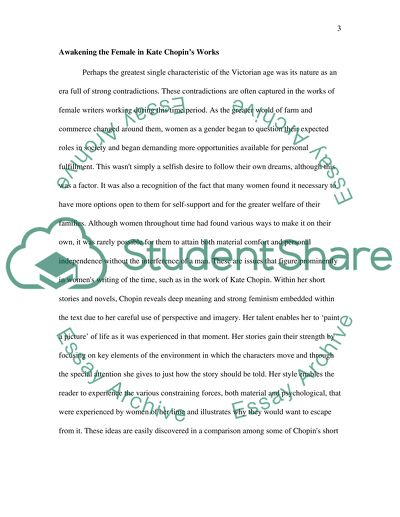Cite this document
(“Kate Chopin Research Paper Example | Topics and Well Written Essays - 1750 words”, n.d.)
Retrieved from https://studentshare.org/family-consumer-science/1422634-kate-chopin
Retrieved from https://studentshare.org/family-consumer-science/1422634-kate-chopin
(Kate Chopin Research Paper Example | Topics and Well Written Essays - 1750 Words)
https://studentshare.org/family-consumer-science/1422634-kate-chopin.
https://studentshare.org/family-consumer-science/1422634-kate-chopin.
“Kate Chopin Research Paper Example | Topics and Well Written Essays - 1750 Words”, n.d. https://studentshare.org/family-consumer-science/1422634-kate-chopin.


